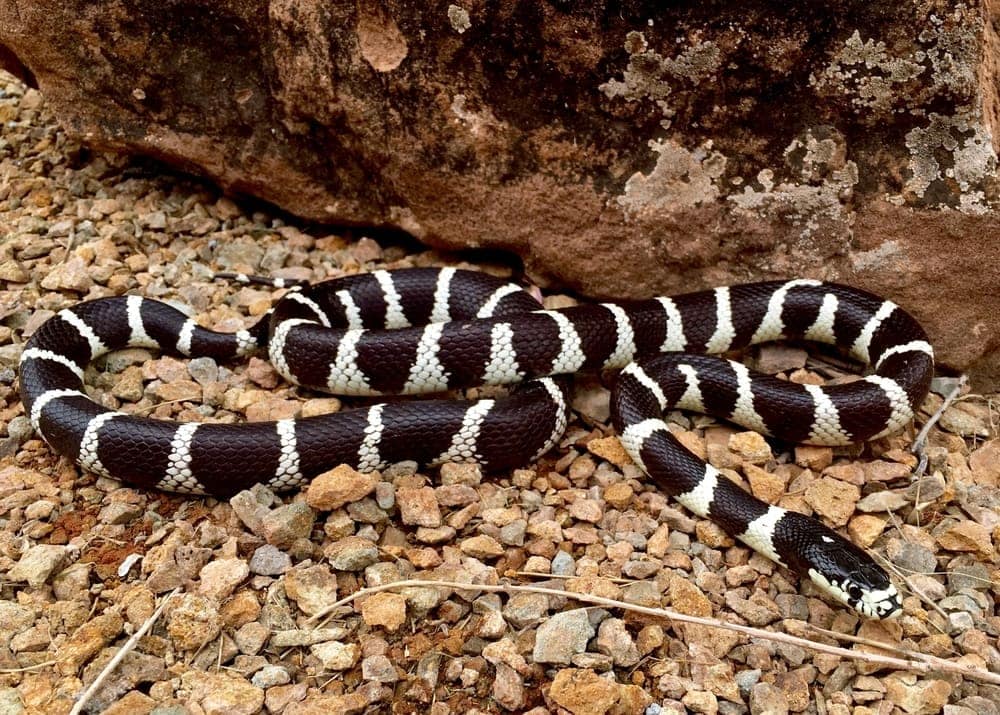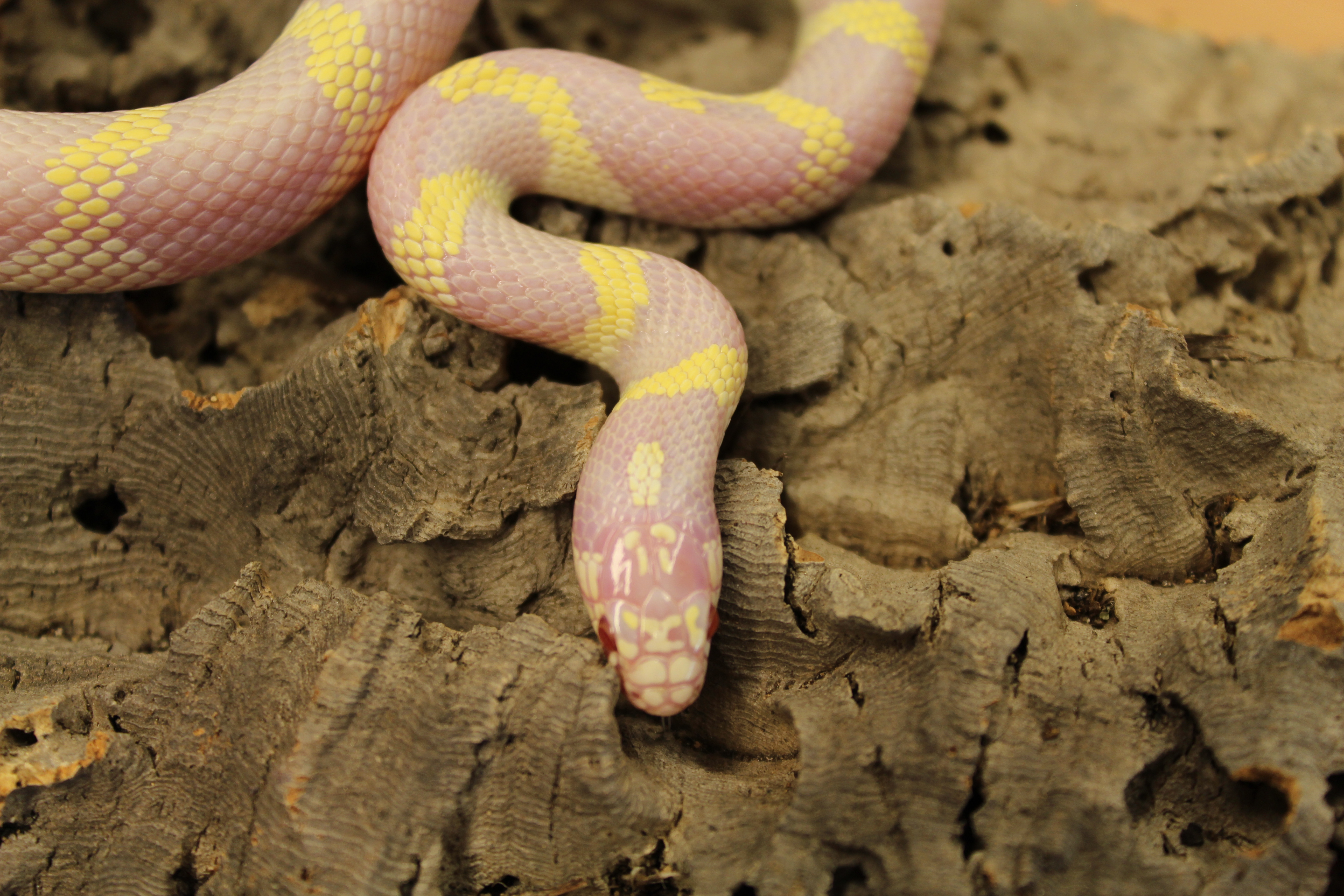
In addition to the space required by the animals themselves, there must also be sufficient room for the keeper to safely reach into the tank with snake tongs to remove the animals. Other snakes are terrestrial (live on land) and floor space is important. Some snakes are arboreal (live in trees) therefore vertical height is of importance. The minimum recommended space depends on the animal’s size, and the type of animal must be taken into consideration. It is recommend that the door to the reptile room has a viewing window, through which the keeper can see all the vivaria before entering the room. Reptiles and snakes particularly, have the ability to squeeze through very small gaps therefore vivaria must be solidly constructed, with lockable lids, and covered ventilation holes. There should be a second named person on the licence who is competent to care for the animals should the owner be absent or incapacitated. Visitors must not be allowed to handle the reptiles. In order to protect the welfare of the reptiles, keepers must be able to demonstrate a good knowledge of husbandry and safe handling of the species they wish to keep. This is not appropriate as long-term accommodation and is not recommended. People have previously kept venomous snakes in stackable plastic boxes. Venomous lizards may be kept in vivaria or fine mesh wire cages with a solid floor. The room housing the reptiles must be “snake proof”, to prevent accidental escape. Snakes must be housed in locked tanks (vivaria) kept inside a locked room.

family e lapidae: all species (front-fanged venomous snakes, including cobras, coral snakes, kraits, mambas, whipsnakes, death adders and all other Australian poisonous snakes).family c olubridae: dispholidus typus, rhabdophis subminiatus, rhabdophis tigrinus, elapomorhus lemniscatus, philodryas olfersii, tachymenis peruviana, xonodon severus (the boomslang, the red-necked keelback, the tiger keelback (also known as the yamakagashi or the Japanese tiger-snake), the Argentine black-headed snake, the South American green racer, the Peruvian racer, the Amazon false viper).family colubridae: all species of the genera malpolon and thelatornis (all rear-fanged venomous snakes of the specified genera, including Montpellier snakes, the false cobra and twig or bird snakes).

family a tractaspididae: all species of the genera a tractaspis (burrowing asps (also known as mole vipers, or burrowing vipers).Venemous snakes and lizards Species names


 0 kommentar(er)
0 kommentar(er)
